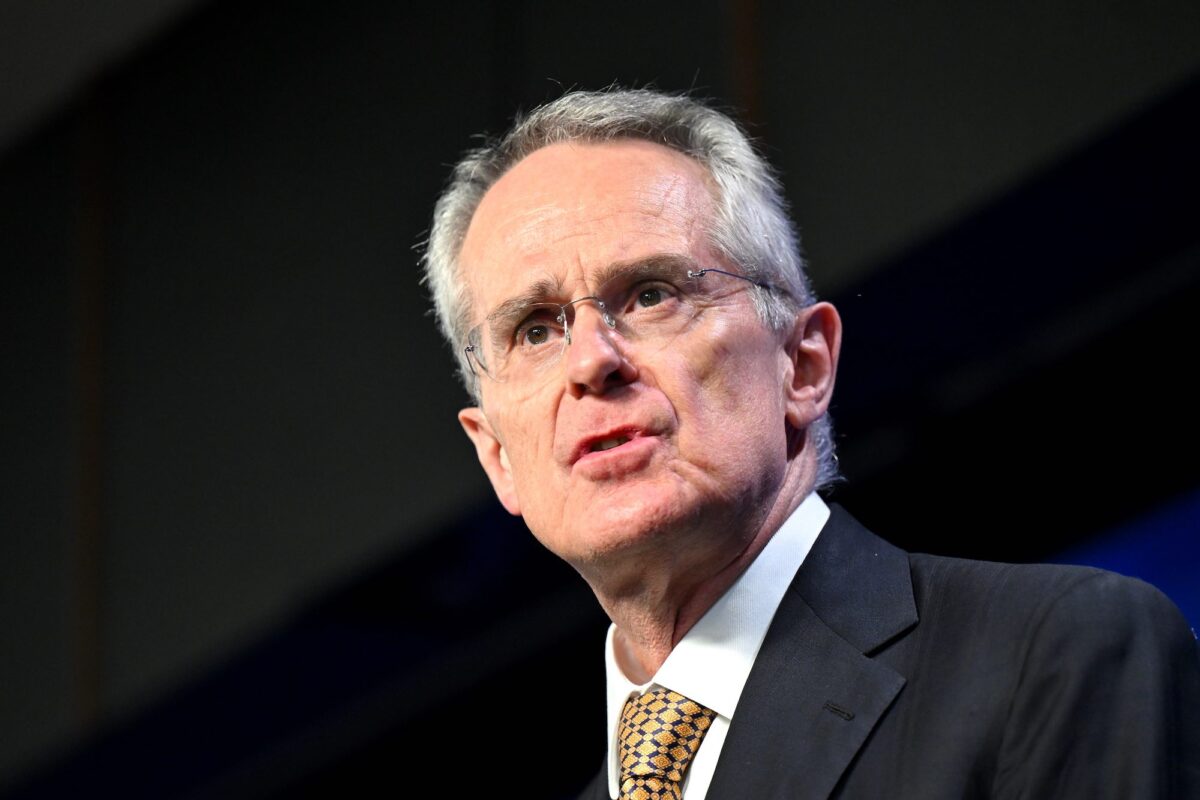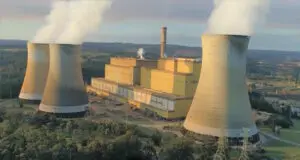Australia must treat China as a partner, not a threat, in pursuit of its multi-billion dollar clean energy push, a former consumer watchdog says.
In the federal budget, the government revealed it would boost the nation’s manufacturing capabilities under a $22.7 billion Future Made in Australia fund.
The measure aims to increase investment from the private sector to key renewables in Australian industry and has been compared to the $624 billion US Inflation Reduction Act.
But economist and Australian National University Professor Rod Sims says the American approach is inward-looking and protectionist, whereas Australia’s plan should be outward focused and rely on partners like China.
“China will be a crucial partner, not a threat,” he will say at a speech in Melbourne on Thursday.
“Australia’s best approach for its own prosperity and to make the largest contribution to world emission reduction is to be outward focused, relying on the lowest cost inputs from around the world.
“China has contributed a great deal to costs falling dramatically worldwide, and will continue to do so.”
This is because China is able to produce low-cost solar panels, wind farm equipment, batteries and electric vehicles – all important tools in the move to net-zero emissions, Prof Sims said.
If Australia is able to manufacture green products, it can also help reduce emissions elsewhere by exporting to countries like Japan, Korea, China and European nations, which do not have enough moderate-cost renewable energy resources to produce the electricity they need.
However, Australia’s manufacturing efforts are likely to be costly, especially as the nation’s needs for renewables grows.
This means the government will have to tax fossil fuels eventually, the former Australian Competition and Consumer Commission chair said.
Prof Sims recommended introducing a Carbon Solutions Levy at all of Australia’s fossil fuel extraction sites and on all fossil fuel imports by at least 2030/31.
“Increasing taxes is very difficult to impossible in Australia,” he conceded.
“But I believe the logic for taxing fossil fuels is the strongest, and so provides our best chance of seeing the higher tax levels Australia needs.”
As part of the Future Made in Australia plan, the government has already committed nearly $1 billion to help build the world’s first fault-tolerant quantum computer in Brisbane.
On Thursday, it will release its nearly $550 million National Battery Strategy, which will help promote the development of battery manufacturing capabilities and research.
Future Made in Australia has been criticised by the Opposition Leader Peter Dutton as a “handout to billionaires”.
Prof Sims was initially sceptical of the plan, but now considers it “a growth and productivity opportunity every bit as bold as seen under previous governments.”
Source: AAP








